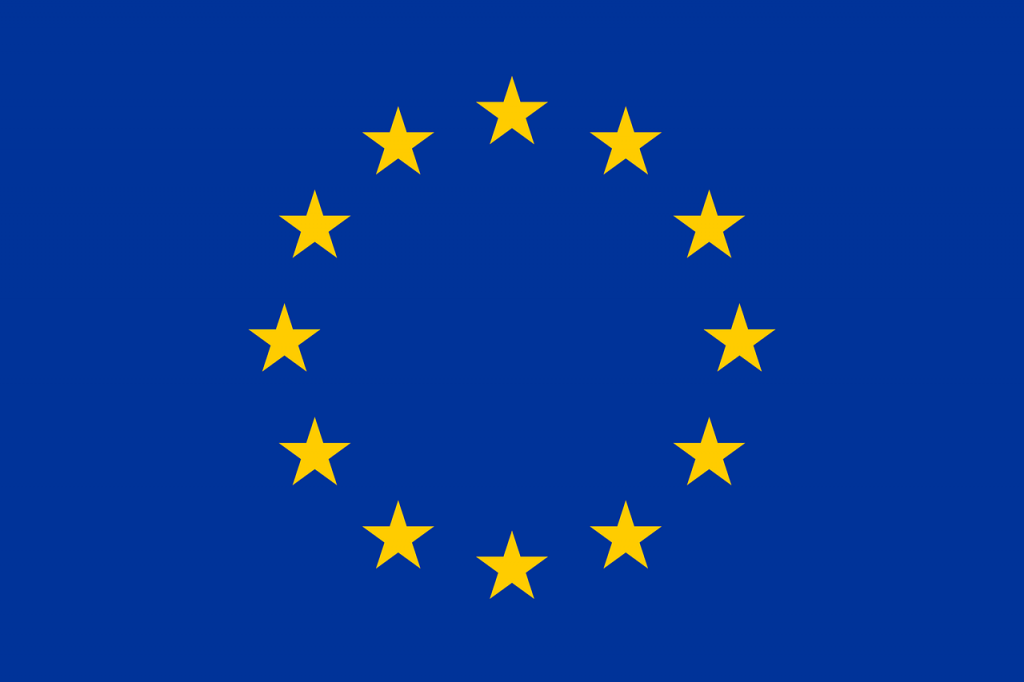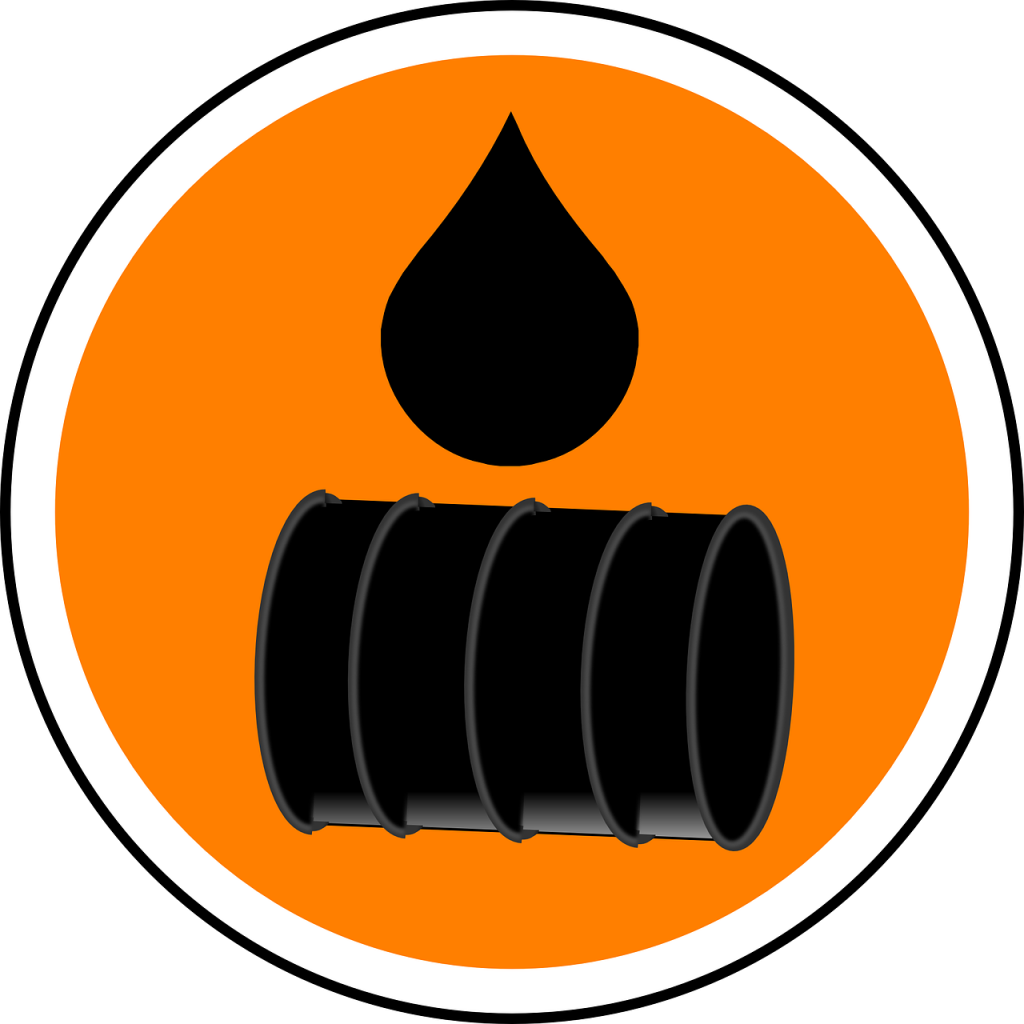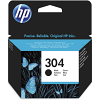On Tuesday, Halloween, the one day a year where you can wear the scariest or silliest costumes outside and look (fairly) normal was celebrated again. Many people celebrate this tradition, but very few know about the origins of the celebration. Why is Halloween celebrated? How did the traditions we know today evolve over time? And why is it even called Halloween? Keep reading to find out!
What are the origins of Halloween?
Halloween’s origins date back to an ancient festival celebrated by the Celts (the largest single group of these people were from Ireland, Scotland, Wales and Cornwall) over 2,000 years ago called “Samhain”, according the The World Book Encyclopedia. During this celebratory time, the Celts believed the dead would walk among the living and visiting the deceased was possible.
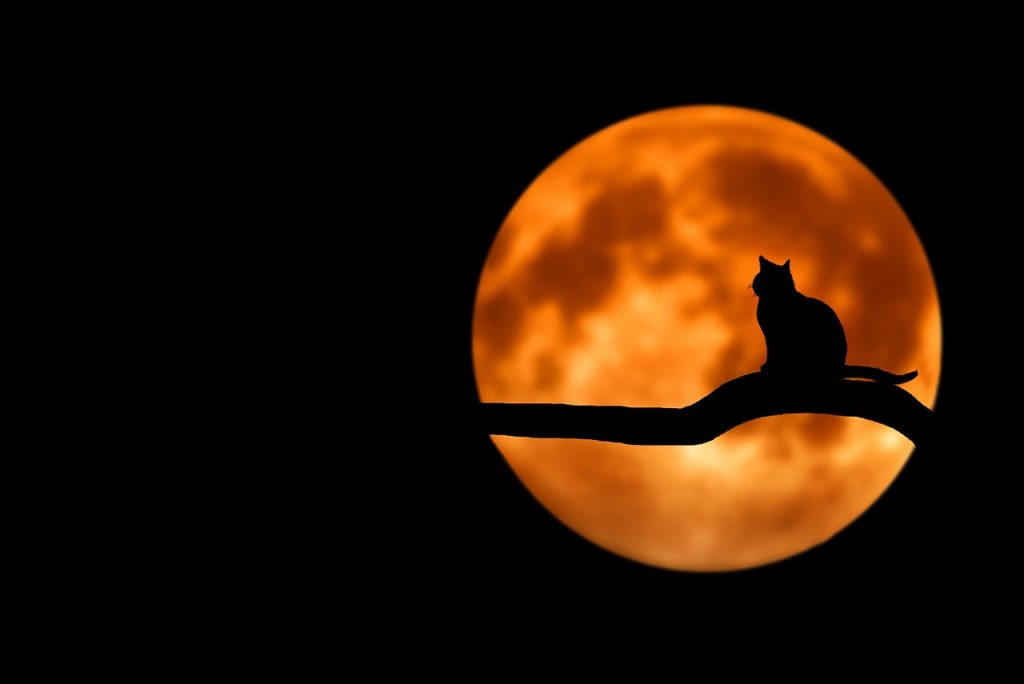
How did costumes, candy and trick-or-treating come about?
Some sources claim that the Celtic people would often wear ghoulish costumes to keep spirits away, making them mistake them for other spirits, while other Celts offered spirits sweets.
During the medieval period, the Catholic Church (despite it conflicting with Bible teachings) adopted these pagan customs and church members went from house to house wearing costumes and asking for small gifts. Creatures like ghosts, vampires, werewolves, witches or zombies are popular costumes to wear, since they’re all connected to evil, the spirit world or the supernatural.
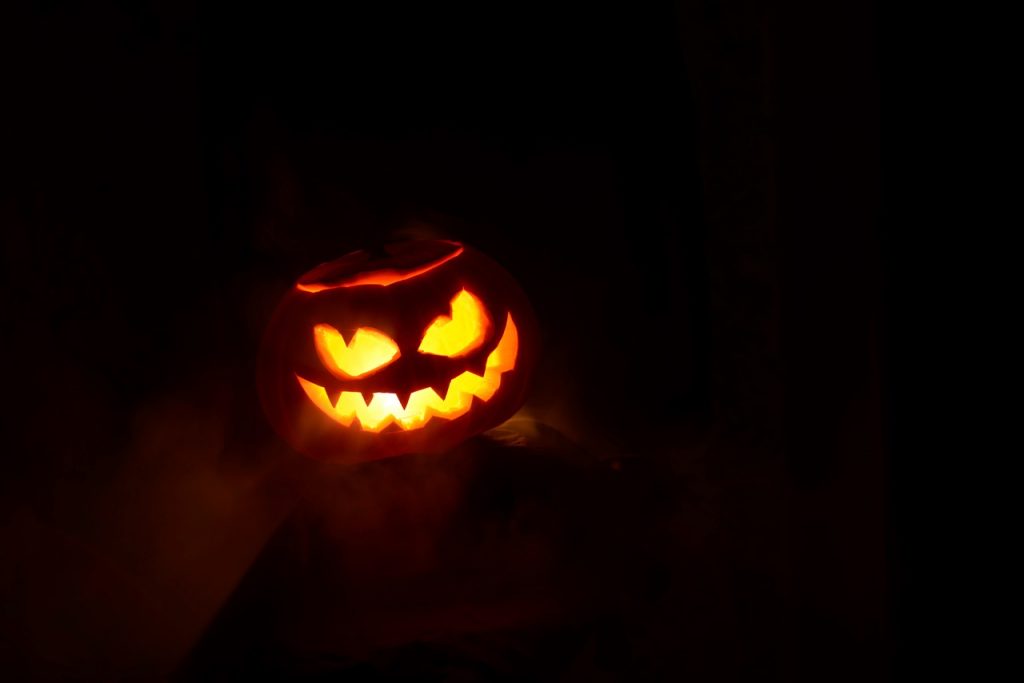
Halloween Jack-O’-Lanterns originated in medieval Britain, where dressed-up Halloween celebrators would go door-to-door asking for food in return for prayer for the dead and a hollowed out turnip with a candle inside, representing a soul in a purgatory. According to some sources, these lanterns warded off evil spirits. In 1800’s America, more available and easy to carve pumpkins replaced turnips, and that’s how Jack-O’-Lanterns came to be.
Why do we call it ‘Halloween’?
Samhain, the Celtic festival from which Halloween originates from, means “summer’s end”. It marked the start of the dark winter season and was celebrated around 1st November. Around the years 700-800 A.D., the Christian Church established All Saints’ Day, also called All Hallows’ (also meaning “saint” or “one who is holy”). The evening before this event is known as All Hallows’ Eve or, when abbreviated, All Hallow’een, later becoming the celebration we know today as “Halloween”.
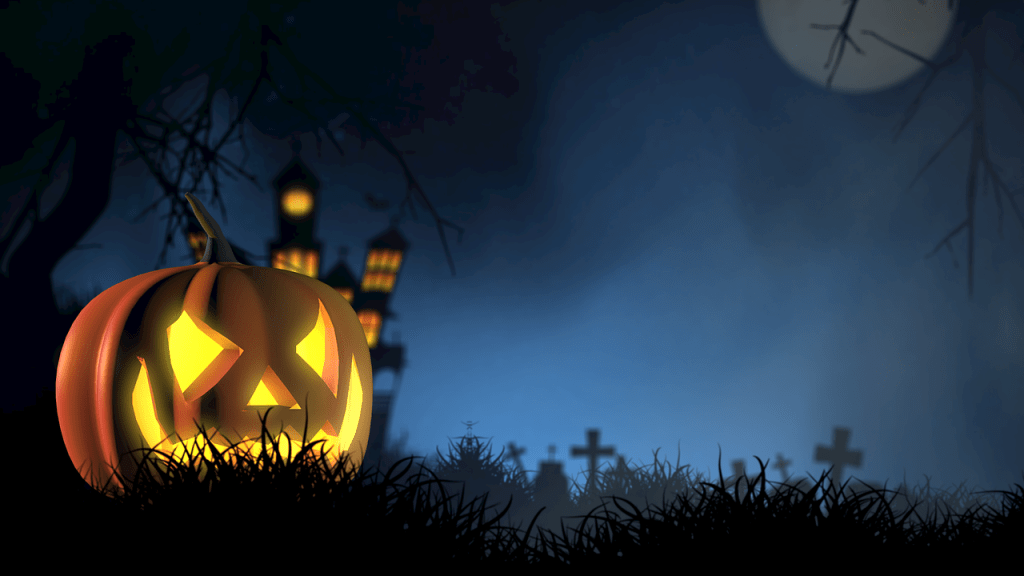
The history of this annual tradition is very interesting, especially considering that it is over 2,000 years old! Halloween is an ancient celebration with a seriously spooky origin story.
If you wish to contact us about anything, you can visit our store or see our Contact Us page here. You can also call our number or get in touch with us on our Social Media Accounts. All links and information will be provided at the end of this Blog Post.
We hope this Blog post was useful to you and we encourage you to come back every Friday, when we post new content on our Blog!
Our social media accounts: Twitter | Facebook @Inkntoneruk
Address: 61 East Barnet Road, Barnet, EN4 8RN
Tel: 020 8216 5571


